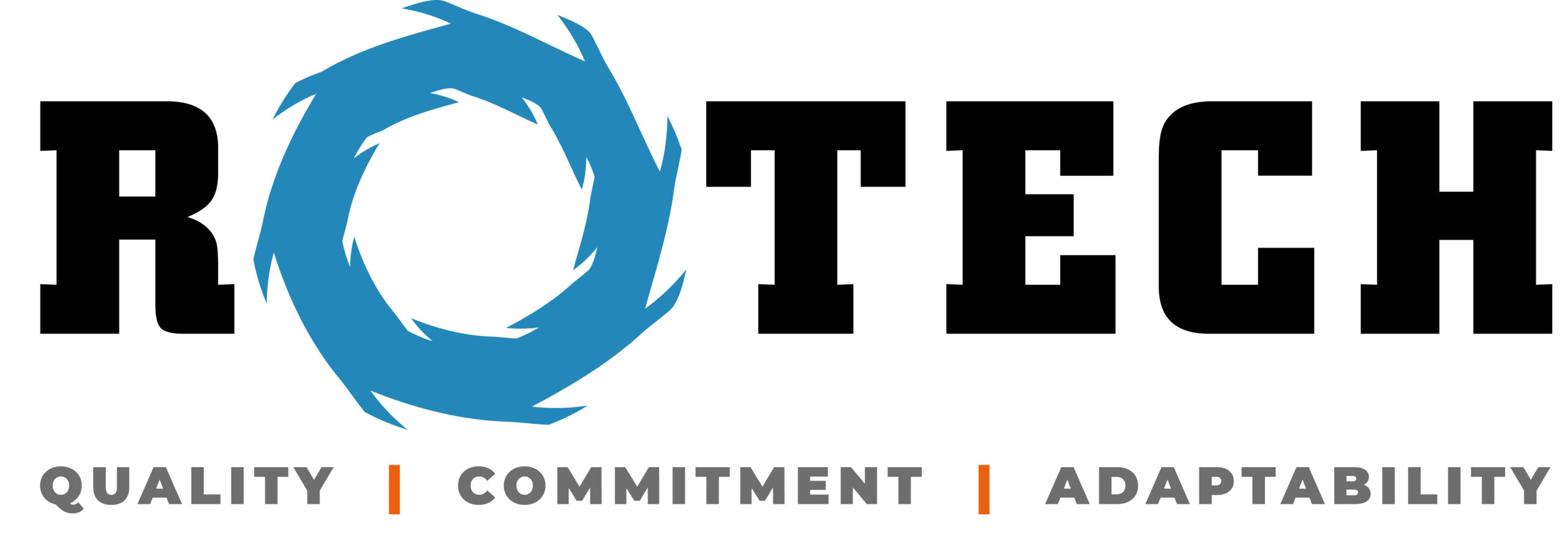End suction pumps are a type of centrifugal pump that is commonly used in a variety of applications. These pumps work by using a spinning impeller to create flow and pressure, which moves the liquid through the pump and out to the discharge outlet.
The pump consists of a housing that contains an impeller and a motor, which drives the impeller. The liquid to be pumped enters the pump through an inlet, often located at the end of the pump opposite the motor. The impeller then spins, creating a centrifugal force that pushes the liquid outward. As the liquid moves through the impeller and out of the pump, it gains velocity and pressure. The discharge outlet is typically located at the top of the pump, above the impeller. As the liquid is discharged, it creates a suction effect that helps to draw in more liquid from the inlet, continuing the flow of the pump.
The process of how an end suction pump works can be broken down into the following steps in detail:
End suction pumps are a type of centrifugal pump that is commonly used due to their simple design, ease of maintenance, and versatility. Some examples of the types of applications in which end suction pumps may be used include:
In addition to these applications, end suction pumps are also used in a variety of other industries and settings, including residential and commercial building systems, mining, and oil and gas production.
Here are several factors to consider when selecting an end suction pump to ensure that it is appropriately sized and designed for the specific application. Some of the key factors to consider include:
It is important to carefully consider these and any other relevant factors when selecting an end suction pump to ensure that it is appropriate for the specific application and will perform effectively and efficiently.
Overall, buying an end suction pump from a reputed supplier can provide you with a reliable, high-quality product and the support you need to ensure that it performs effectively and efficiently.
We stand by a commitment to superior quality products with on-time delivery backed by an unwavering commitment to customer service excellence. This is what our customers expect from us every day, some since 2003. Rotech Pump & Systems Inc. also offers after-sales service and maintenance, which is an important part of ensuring outstanding performance. Our dedicated team of skilled professionals is available on-site or by phone to advise, provide service support and assist you in the operation and maintenance of the products we supply.
For Rotech, customers come first!


1 Comment
Rotech's Definitive Guide to Learn the Underlyi...
[…] End suction pumps are used by many industries for various purposes and can be configured to suit the needs of any application. Read on to know more about them. […]